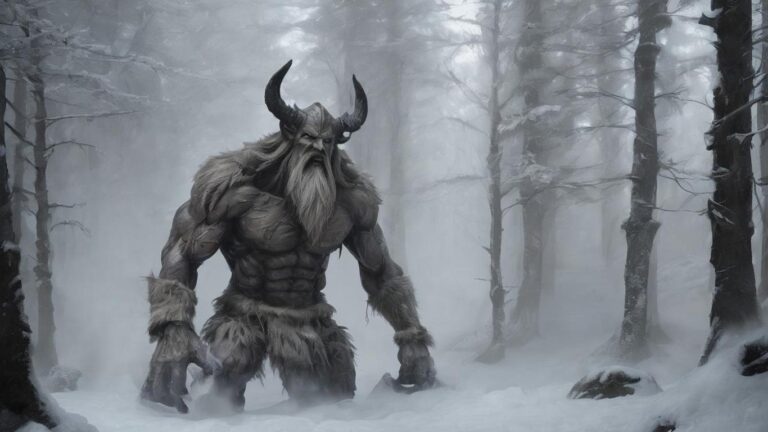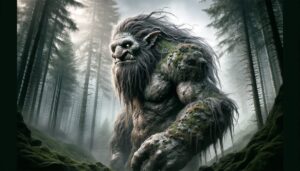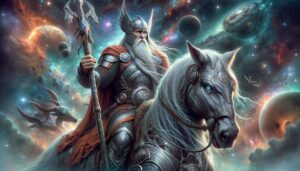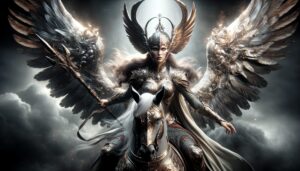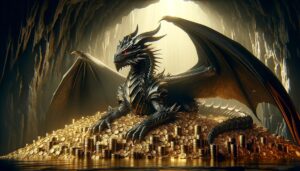Table of Contents
What are the two realms that contributed to Ymir's creation?
Niflheim, a realm of ice, and Muspelheim, a realm of fire.
What is the significance of Ymir's sweat in the myth?
Ymir's sweat produced another being named Búri, who was the ancestor of the Aesir gods.
How did Ymir meet his end in Norse mythology?
Ymir was slain by Odin, Vili, and Ve, the three Aesir gods.
What did the Aesir gods create from Ymir's body after his death?
The Aesir used Ymir's body to form the world, with his blood becoming the seas, flesh the Earth, bones the mountains, and skull the sky.
Who were the first humans in Norse mythology, and how were they created?
The first humans were Ask and Embla, created by Odin, Vili, and Ve from two trees—an ash and an elm.
In what way does Ymir symbolize chaos in Norse cosmogony?
Ymir is a symbol of the chaotic and primal forces that existed before the structured cosmos was formed.
What role does Ymir play in the broader conflict of Norse mythology?
Ymir's descendants, the giants, are often in conflict with the Aesir gods, representing the ongoing struggle between chaos and order.
How does the myth of Ymir reflect the theme of creation and destruction?
The myth explains how the world was created from the body of the slain Ymir, emphasizing the cyclical nature of creation and destruction.
What is the importance of Ymir in popular culture?
Ymir's myth has influenced various works in literature, video games, and movies, where Ymir or Ymir-like characters may appear as symbols of creation and chaos.
